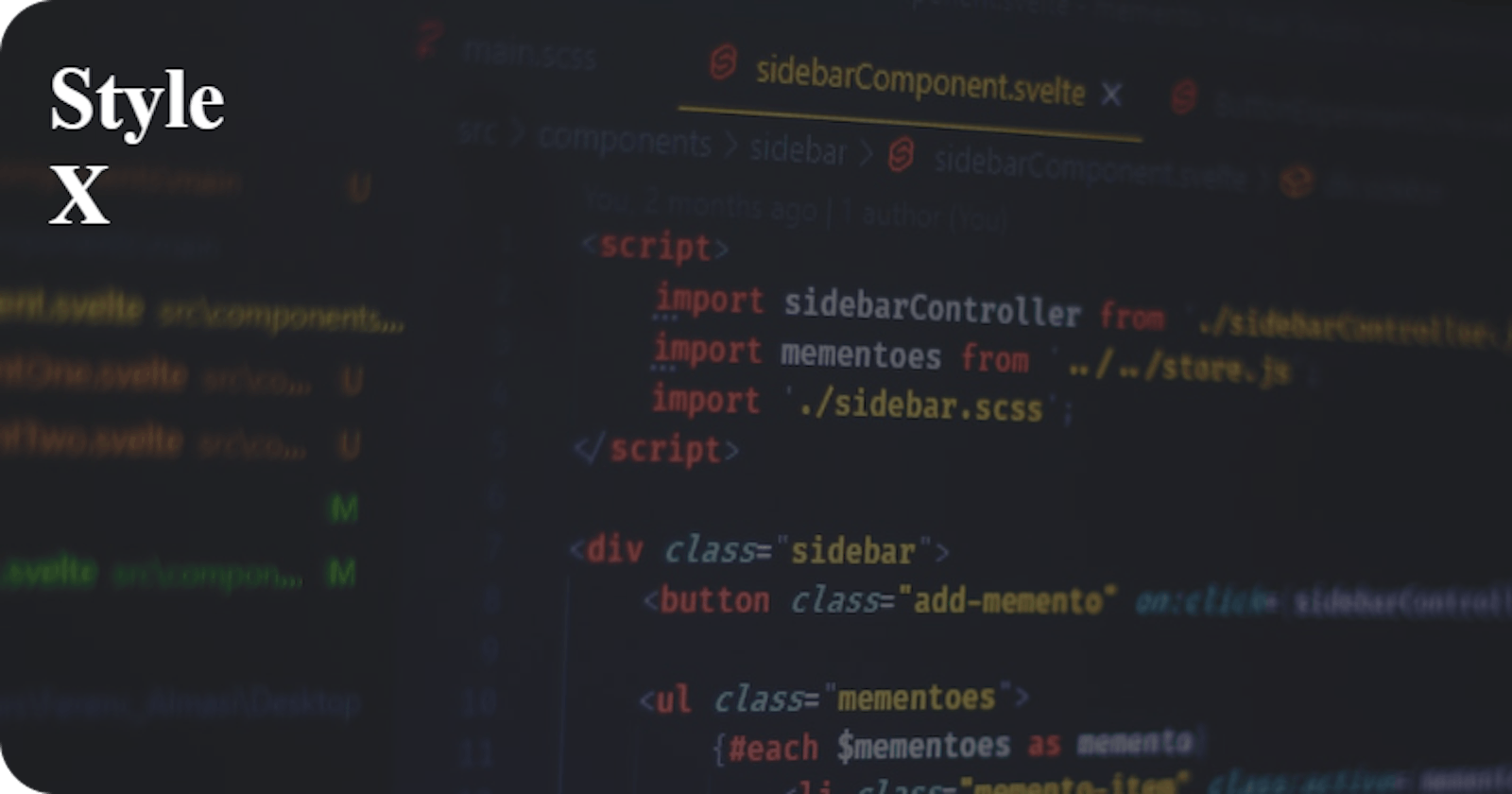Meta just launched its styling library named styleX
An Overview of StyleX: Revolutionizing Web App Styling
In the ever-evolving landscape of web development, where aesthetics and performance play pivotal roles, the quest for an ideal styling solution has led to the emergence of StyleX. This JavaScript-based CSS-in-JS library has garnered attention for its promise to combine the strengths of inline styles and static CSS while mitigating their respective weaknesses. In this essay, we explore the key features, usage, and ideal scenarios where StyleX shines.
Introduction: The Need for a Styling Revolution
The styling of web applications is a critical aspect of user experience, and developers have long grappled with the trade-offs between inline styles and static CSS. StyleX enters the scene as a potential game-changer, offering a simple yet powerful syntax and compiler for crafting styles in a scalable, maintainable, and efficient manner.
Key Features: A Symphony of Strengths
Scalable: One of StyleX's standout features is its scalability. By leveraging atomic CSS, it minimizes the CSS output, ensuring that the size of the CSS bundle plateaus even as the number of components grows. This scalability makes it an attractive option for projects of varying sizes.
Predictable: StyleX eliminates the notorious specificity issues that often plague CSS. Class names directly style the associated element, following the principle that the last applied style takes precedence. This predictability simplifies the styling process and enhances the developer experience.
Composable: The ability to apply styles conditionally and merge them across component and file boundaries makes StyleX a composable styling solution. Local constants and expressions contribute to keeping styles DRY, promoting reusability without sacrificing performance.
Fast: In the realm of performance, StyleX adopts a compile-time approach. There is no runtime style injection; instead, all styles are bundled statically. The runtime performance is optimized for the efficient merging of class names.
Type-Safe: Type safety is a first-class citizen in StyleX. From APIs to styles and themes, developers can enjoy the benefits of type safety, reducing the likelihood of runtime errors and enhancing overall code robustness.
Usage: Harnessing the Power of StyleX
Configuring the Compiler: To unlock the full potential of StyleX, developers can configure the compiler, and for Rollup users, the StyleX Rollup plugin offers seamless integration.
Defining Styles: Styles in StyleX are defined using the create() API. This straightforward syntax supports the creation of multiple rules and groups, allowing developers to structure their styles with ease.
Using Styles: Applying styles is made simple through the props() function. Styles can be combined, applied conditionally, and selected based on various factors. This flexibility empowers developers to create dynamic and expressive user interfaces.
Ideal Use Cases: Tailoring StyleX to Project Needs
While StyleX is versatile and applicable across a spectrum of projects, it excels in specific scenarios:
Authoring UI in JavaScript: StyleX is a CSS-in-JS library, making it most beneficial when UI components are authored in JavaScript. Frameworks like React, Preact, Solid, lit-HTML, or Angular seamlessly integrate with StyleX.
Large or Growing Projects: In the realm of large or expanding projects, StyleX's performance shines through. Its atomic CSS approach ensures that the size of the CSS bundle remains stable, offering a consistent developer experience.
Reusable Components: The true power of StyleX emerges when building reusable components. Developers can strike a balance between default styles and customization, making components both stylish and adaptable.
Shaping the Future of Web App Styling
In conclusion, StyleX stands as a formidable contender in the realm of web app styling. Its amalgamation of scalability, predictability, composability, speed, and type safety positions it as a solution for modern development challenges. As the web development community continues to seek efficient and maintainable styling practices, StyleX paves the way for a new era in crafting visually stunning and performant user interfaces.

